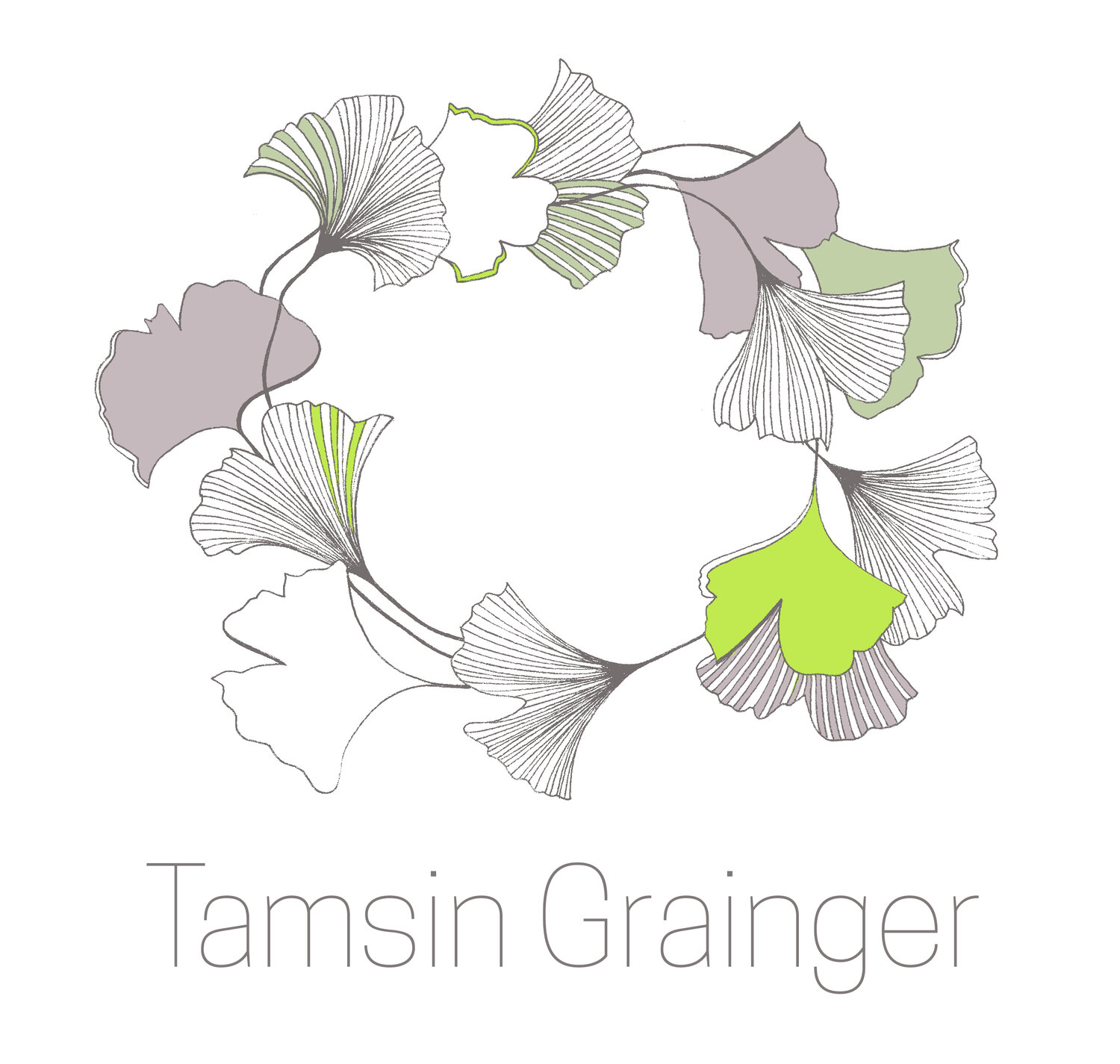New Harmony Labyrinth, Indiana
““Autumn poses the question we all have to live with: how to hold on to the things we love even though we know that we and they are dying.” Pico Iyer
Workshop with Tamsin Grainger as part of the European Shiatsu Congress 4 - 6 September 2020 in Amsterdam, Netherlands
Using ritual and mourning customs from around the world, this workshop will invite you to connect with grief. Loss is a natural part of life, and as Shiatsu practitioners we will therefore inevitably be giving Shiatsu to those who are coming to terms with it, and when we ourselves are managing it. Together we will identify ways to touch, ways which are appropriate for acknowledging the existence of this powerful state, and which will enable us to integrate grief into our lives while remaining healthy. Too often we are offered anti-depressants soon after the death of a beloved. Instead, Shiatsu is an ideal way of gently supporting ourselves and those we care for on all levels (physical, emotional, mental and spiritual).
It is a labyrinth. Those who grieve, walk its path as it winds back and forth, in and out, day after day, winding back upon itself and out around its edge then back to where the path began.
From The Labyrinth of Grief by Mary Friedel Hunt
Grief is a response which a client has to someone dying, usually marked by sadness. It is a complicated part of living, it changes us, and we do not recover from it in the way we recover from flu. It covers a wide range of responses: it can be short or longer-term; disappear and be triggered later; postponed until ‘a better time’; or maybe not expressed at all. Your client may be disbelieving or in shock for quite a time, the realisation coming in small, perhaps manageable, chunks. We practitioners will not know the progression until it unfolds, but it is useful to know some of the possible variations.'' In the same way that Shiatsu practitioners can explain a symptom like a cold as the body’s way of ridding itself of both physical and other things which need clearing out, so grieving has a reason, plays a function. The client will focus on that person, remember and go over the past, realise the extent of their feelings, and probably take extra care of themselves and others who are alive.
Mourning is an old word and tends to be associated with the outward expression of the internal response which is commonly referred to as grief. A period of mourning is the time allocated to remembering and showing others that this is happening. Mourning is also a term for the black clothes worn at the funeral (in the West and Japan) and after someone’s death to show that someone is grieving. As we know, white is the associated colour with this in China. It is also white in India, whereas red has been worn at South African funerals, and purple in Thailand.
In Tibet, ‘The lama may chant and use a small miniature hand-drum. Other priests may use trumpets and handbells… sky burial involves leaving the body to be eaten by birds of prey, most commonly vultures….it is seen as an act of generosity on the part of the person who has died, since nature can benefit from their death…. Because the bereaved family understands that the spirit will be reborn, they are less attached to the physical body of their loved one. Their death may cause them to grieve, but the funeral and burial customs ensure that they continue to be a part of universe and the circle of life.'
From Funeral Guide
The European Shiatsu Congress will take place in Amsterdam, Netherlands. There is another article about Shiatsu and Grief here
You may also be interested in Shiatsu, the Five Elements and Grief.




